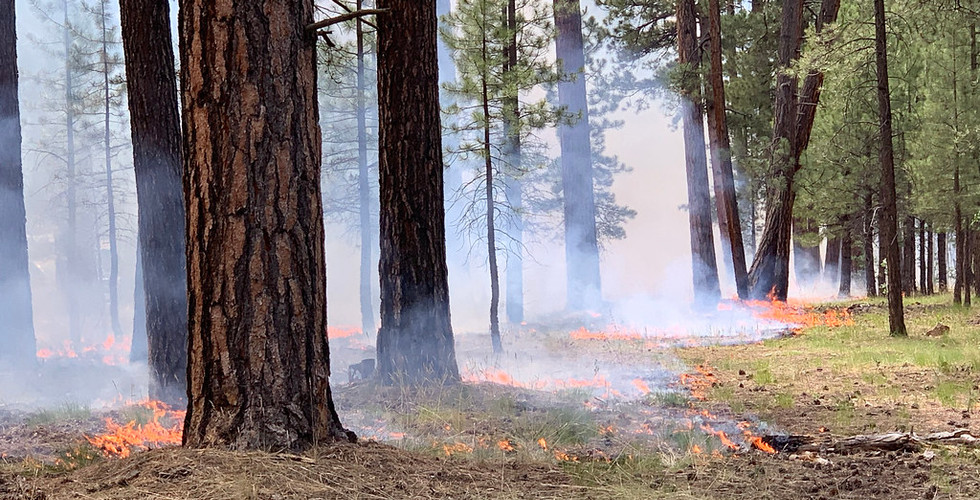Giant sequoia tree in Sequoia National Park still burning from last summer's disastrous wildfires
- asahntai
- May 10, 2021
- 2 min read
Updated: May 11, 2021

"Sequoia Tree, Big Trees State Park, California"
A gigantic sequoia tree is still in the process of burning slowly with smoke but no flames in California's Sequoia National Forest several months after wildfires devastated and tore through the region, fire researchers discovered in the course of a search.
According to a statement from the National Park Service, scientists recently found the tree while examining and recording the park and area to determine the effects and remnants of the 2020 Castle Fire. The tree, which has no direct trail access, was observed "still smoldering and smoking," most likely from the 2020 fires in California, the statement said.
Back in August 2020, a lighting struck deep in Sequoia National Forest. This ultimately resulted in the Castle Fire that spread into areas of the Giant Sequoia National Monument.
According to the Sequoia National Forest - News and Events, the Castle Fire burned an estimate of 13,600 acres in ten giant sequoia groves located within the Giant Sequoia National Monument of the Sequoia National Forest, which has a total of 33 groves before it was contained in December 2020.
Mike Theune, fire information officer for Sequoia and Kings Canyon national parks, said it was not wholly unusual for some patches of ember to remain burning months after a fire dies down. The inside of a tree, like the interior of a wood-burning stove, can provide an oxygen-rich shelter for a fire to survive. However, the fact that a Sequoia is still giving off smoke after an entire winter of rain and snow could be testament to California’s exceptionally dry winter: after precious little snowfall over the last two winters, most of the state is entering extreme drought conditions.
"The fact that areas are still smoldering and smoking from the 2020 Castle Fire demonstrates how dry the park is,” Leif Mathiesen, the assistant fire management officer for Sequoia and Kings Canyon, said in the statement. “With the low amount of snowfall and rain this year, there may be additional discoveries as spring transitions into summer."
Sequoias have a complex relationship with fire and are fire adapted species. For much of the 20th century, foresters worked to prevent fires within the nationally protected land, hoping to defend the ancient and primeval trees. Researchers in the early 1960s and 1970s working the park made a startling discovery: in areas where fires had burned, young sequoia saplings flourished, even as the forest floor elsewhere in the park remained barren of new trees. That observation led to the discovery that giant sequoias depend on fire to release their seeds.
As the state of California begins to more actively pursue prescribed burns as a way to manage forest fires, Theune says there are lessons to be learned from ecologists in Sequoia National Forest. One important matter: low-intensity fires can be regenerative and prevent more devastating blazes.
"Fire Ecologist Alicia Reiner performs a site check near the Sequoia National Forest, Posey, CA"
But high intensity, out-of-control fires are harmful for forests – as evidenced by the recently discovered smoldering sequoia, which stands in a patch of dead and blackened trees, he added in his statement.
The Castle Fire













Comments